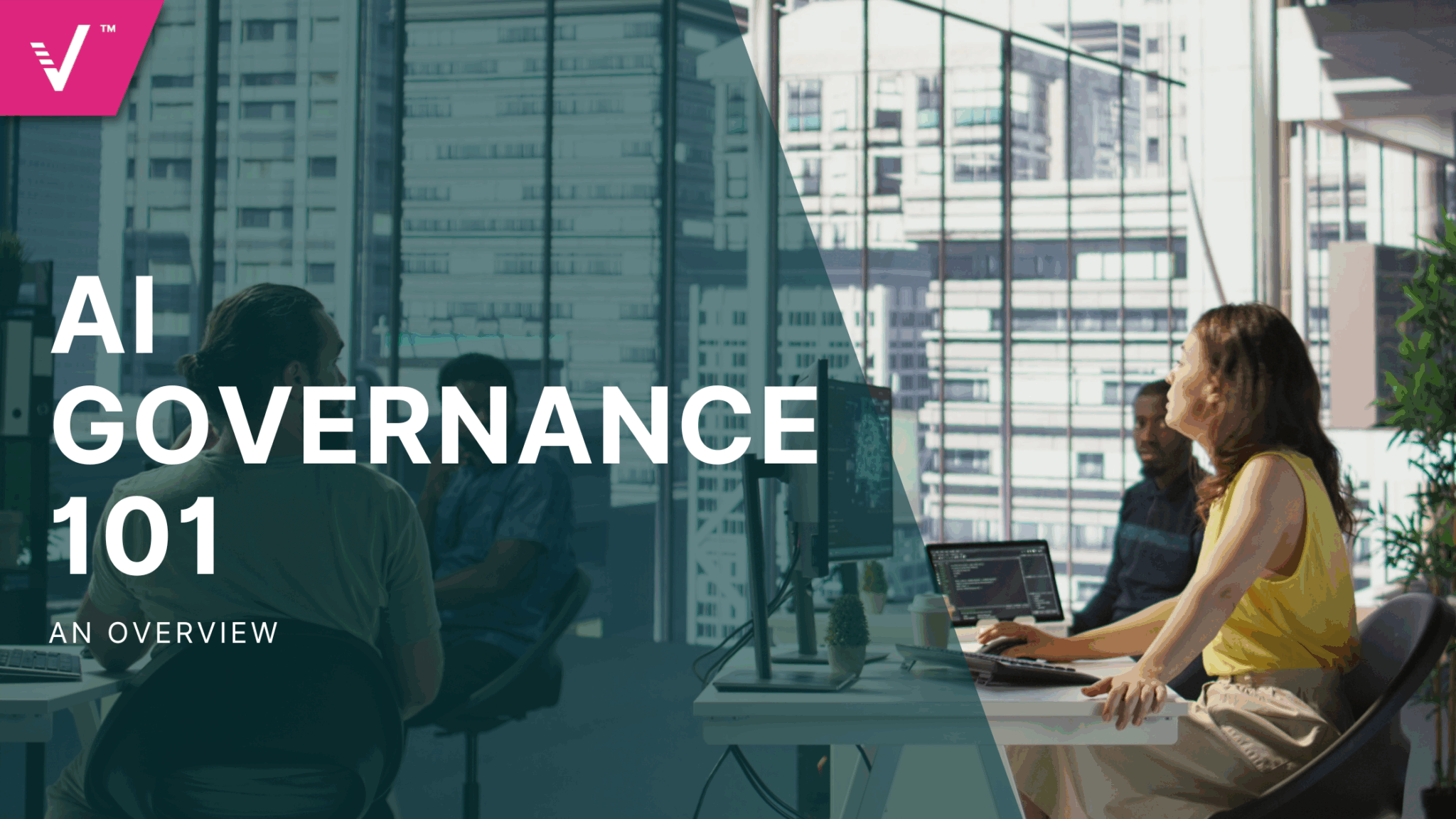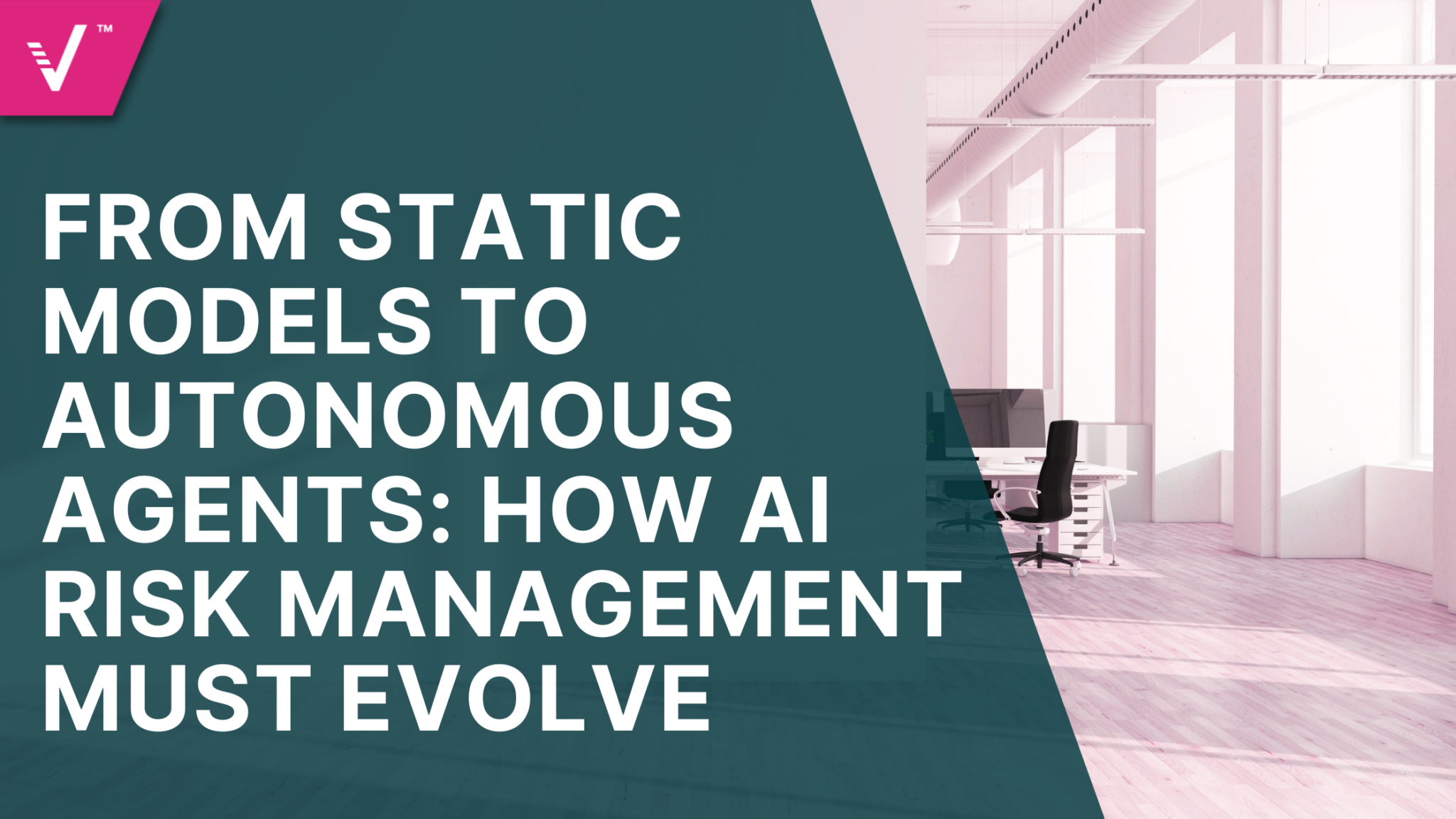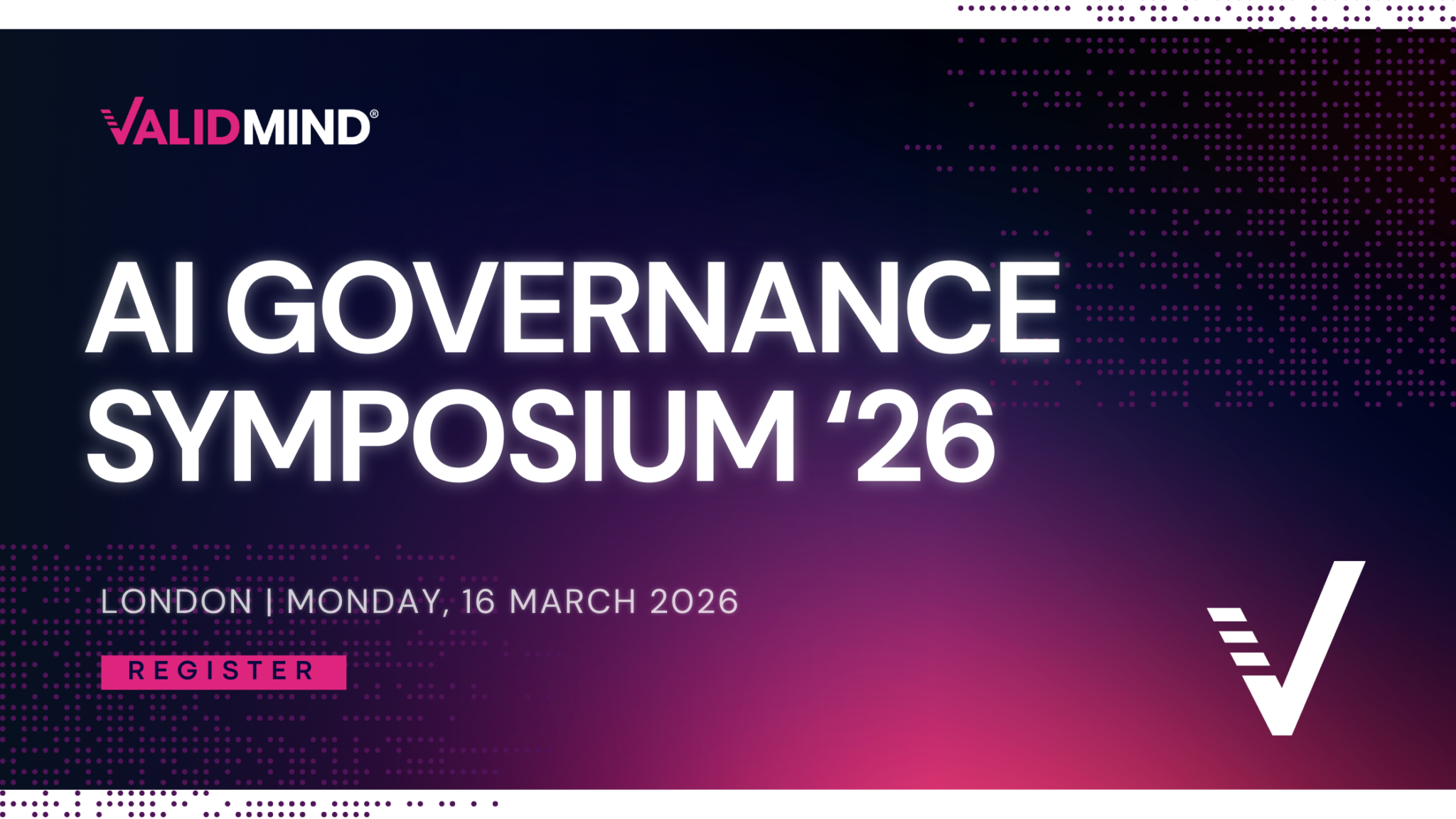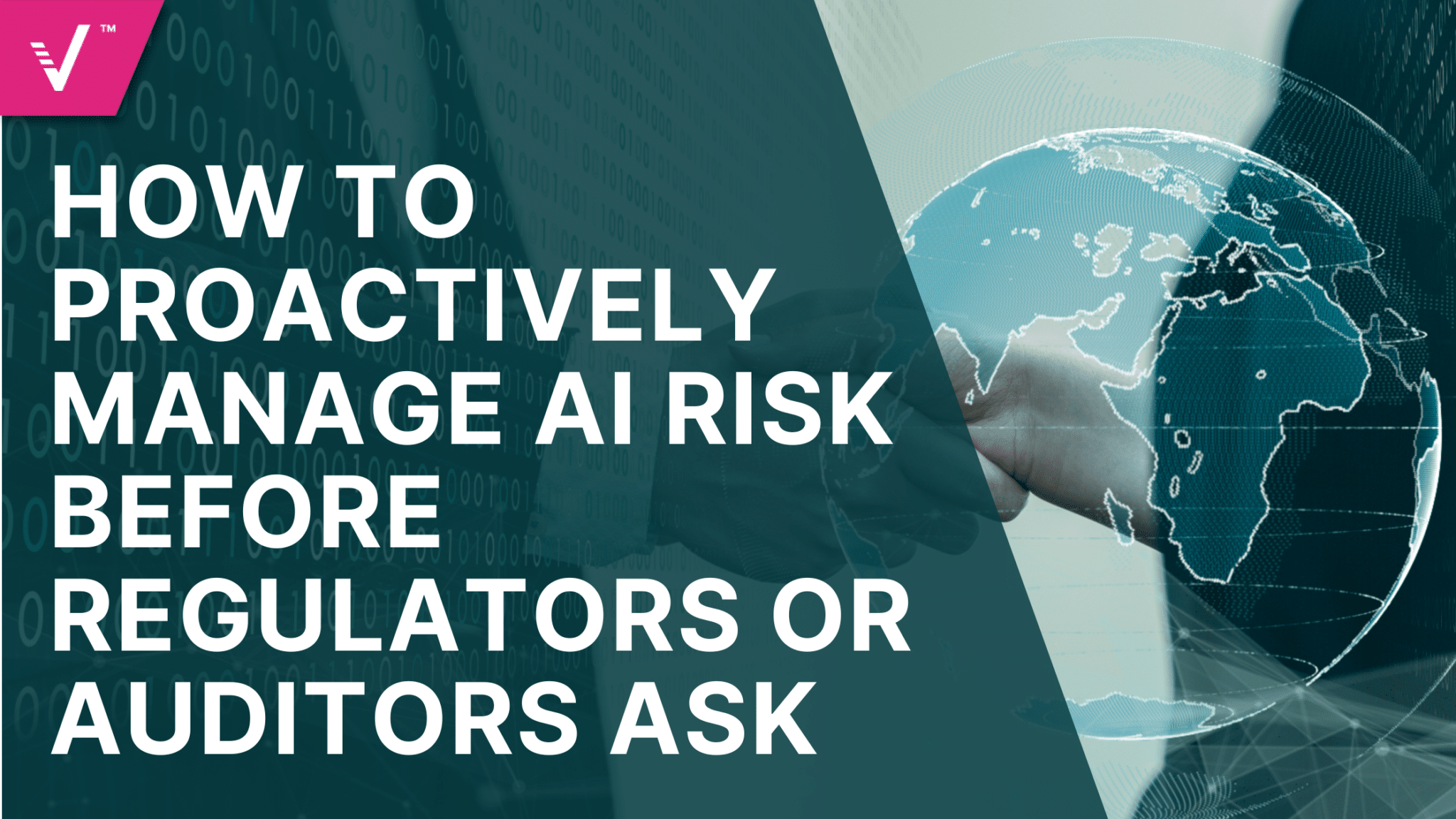AI Governance 101: What It Means and Why It Matters

In financial services today, AI governance is no longer a “nice to have.” It’s a critical component of how banks and other institutions build trust, manage risk, and maintain compliance in a rapidly evolving regulatory landscape. But what exactly is AI governance and why does it matter so much?
Let’s break it down.
What Is AI Governance?
At its core, AI governance is about enforcing your organization’s AI policies. These policies are shaped by a mix of internal objectives, ethical considerations, and especially in financial services external regulations. Every organization will have different goals and use cases, but AI governance is what ensures those policies are orchestrated effectively across the business.
It’s not just documentation. It’s the combination of frameworks, controls, monitoring, and reporting that answers the question: “How do we ensure our AI systems are used responsibly and safely?”
Why AI Governance Matters
Without effective AI governance, banks can quickly lose control over how AI is used. That opens the door to serious risks:
- Unmonitored AI usage that violates customer expectations or privacy laws
- Unintentional IP leakage through third-party or generative models
- Vulnerability exposure to hackers or fraudsters
- Regulatory non-compliance leading to fines or reputational damage
Simply put: AI without governance is a recipe for trouble. And many of these failures stem not from bad intentions, but from a lack of imagination failing to think through how AI might go wrong.
What are some AI Governance Best Practices?
In a well-run financial institution, AI governance starts with alignment. Business leaders, risk managers, technologists, and legal teams all need to agree on the policy. Everyone from legal to operations to the board should understand the objectives and the stakes.
From there, governance becomes a process. You need:
- Inventory: A central, living list of AI systems
- Risk assessment: A framework to evaluate and prioritize risk
- Oversight data: Aggregated insights that reach executive and board levels
- Stakeholder alignment: Coordination across fraud, cyber, model risk, and data governance
- Monitoring & validation: Especially for large language models (LLMs), ongoing assurance is critical
- AI literacy: Common language and training so everyone can understand what AI is doing
Done right, AI governance also enables agility. You know which models to focus on and which ones not to build based on risk and business impact.
Who Owns AI Governance?
Organizations who have yet to answer this question will continue to struggle with AI Governance. In some banks, the model risk management team leads the charge. In others, there is a dedicated AI Governance group that might sit under the Chief Technology Officer or even legal. What matters most is that someone owns it and that they have both the accountability and the authority to act.
AI governance isn’t just about responsibility. It’s about having the tools, processes, and structure to enforce and evolve your policies as AI advances.
How ValidMind Helps Firms Improve AI Governance
ValidMind is helping financial institutions operationalize AI governance with speed and scale. Our platform automates the core pillars of governance from inventory to risk assessment to validation and reporting so your team can focus on what matters most.
Whether you’re trying to monitor LLMs, create a single source of truth for model documentation, or just get your arms around AI risk, ValidMind makes it achievable in weeks, not years.
Final Thoughts on AI Governance
AI governance isn’t a checkbox. It’s the backbone of responsible innovation in financial services. When done well, it gives you confidence in your AI strategy, helps you meet evolving regulations, and ensures that the right people have the right information at the right time.
As I often say: failures in AI governance are really failures of imagination. If we’re not actively considering the risks, we’ll never be able to control them.
Let’s not leave it to chance.



